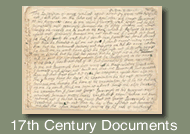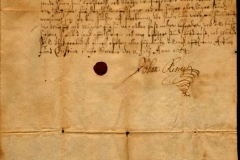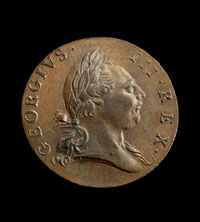
To find primary sources at CMU (or Prospector or Worldcat libraries) you can add the word sources to your search.
For example: labor unions and women and sources
You can also add "type" words to your search, for primary sources of different types.
For example: suffrage movement and personal narratives.
Words that describe primary source types include:
 Foundations of Colonial America: A Documentary History
by
W. Keith Kavenagh
Foundations of Colonial America: A Documentary History
by
W. Keith Kavenagh
 The Colonial Merchant: Sources and Readings
by
Stuart Bruchey, editor
The Colonial Merchant: Sources and Readings
by
Stuart Bruchey, editor
Subject: U.S. History The American Revolution digital collection contains nearly 500 significant documents of the time-official correspondence, personal letters, political speeches, memoirs, histories, biographies, and contemporary reference works--enabling students, faculty and patrons to study one of the key events in American history. Sources in U.S. History Online is a series of archival digital collections intended for public library patrons as well as high school, community college, and university students.
Subject: U.S. History The Slavery in America digital collection contains more than 600 significant documents of the time--personal narratives, pamphlets, addresses, monographs, sermons, and political speeches--enabling students, faculty and patrons to study the institution of slavery from the 17th century through the end of the 19th century. Sources in U.S. History Online is a series of archival digital collections intended for public library patrons as well as high school and community college students.













The tools you use to find primary sources will be individual to your topic. You can ask questions like where, when, why, how to brainstorm digital collections that may exist for your topic. Keep these especially in mind:
You can also use your secondary sources to get an idea of where primary sources might exist. Take a look at the references in the bibliography and see where the author(s) found their primary sources.
Want to know more?